It’s easy to feel defeated before you’ve even started when it comes to creating fine art images. A quick search of any of the popular photography sites brings up beautiful and humbling images from the far corners of the world.
However, you don’t need a round-the-world ticket and a six-month career break to shoot beautiful fine art photography. You can do this at home in your living room with minimal expenses if you’re prepared to think a little outside the box!

What does fine art mean anyway?
Fine art photography is one of those terms that is tricky to pin down. There are two ways that the term “fine art” is usually used so it’s important not to get confused between the two.
The first is usually in the context of museums and galleries. Fine art in European academic traditions is most often used to describe a work that was created primarily for beauty and has no other function. It is the opposite of “applied art” which describes everyday objects (such as ceramics) which have been decorated to make them more aesthetically pleasing.
When people talk about fine art photography though, they tend to be talking about a style of photography rather than a method of production. In this context, it’s usually art that was created for art’s sake. An image that was always designed to be primarily enjoyed for its beauty rather than its subject matter.
Sometimes there are lighting and processing styles that maybe associated with the term “fine art photography” but fashions and trends come and go, even in the world of art!

For a more in-depth look at fine art photography read: The dPS Ultimate Guide to Fine Art Photography
Flat Perspectives
Flat lay images have been gaining popularity for a while now. If you scroll through Instagram or Pinterest you’ll almost certainly find them in your feed. But most of the flat lay images out there on social media are heavily focussed on creating a real commercial vibe that sells a product or an experience.
Even those photographers not selling anything have often adopted this commercial style for their personal feeds. While there’s nothing wrong with this approach at all, there is room for a different interpretation of this style of an image by creative photographers who want to shoot fine art.
Searching for Inspiration
It’s always a good idea to start with a vision of how your final shots will look. A close study of the detail and texture of an object was the idea that I had in mind for this image. There’s a real trend in interior design right now for groups of artfully curated objects placed creatively on walls and it was this trend that I wanted to explore.
These images are also heavily inspired by the work of Edward Weston over the past few years, someone who has been inspiring me in my work for years.
Weston used photography to explore natural forms. He strived to capture details of the reality around him with real precision. Between 1927-30 he would shoot a portfolio of images based around peppers, shells, and cabbages. Through these images, Weston translated reality into something much more abstracted and Modernism-inspired.

A trip to the supermarket was in the cards as a homage to Weston’s visionary images of food. I auditioned pomegranates, gnarly heirloom tomatoes, and unusually long, thin peppers. But it was finding a bag of physalis (sometimes also called ground cherries or Chinese Lanterns) on the top shelf that really stoked my imagination.
Shooting Techniques
Lighting is everything when it comes to creating close photographic studies of objects. I am lucky enough to have an east-facing bay window in my studio. Around about early afternoon, it has the most perfect light for shooting really natural looking fine art images. You could create similar images using any large window on a bright overcast day.
Place a background onto your shooting table first – I selected a faux-wooden finish – and then set your camera up on a tripod looking directly down at the table (use a spirit level here if you have one).
If you don’t have a tripod that can flip its central column and tilt it horizontally you’ll want to purchase an accessory arm in order to shoot flat lays. Getting the camera directly above the subject without the tripod’s legs getting in the way is crucial to this style.

Finding the Light
There’s a theory that humans read images in a similar way to how they read written text. For me, because English is my primary language, I read from left to right. That means when I shoot I almost always start with the light coming from the left and the shadows on the right as default.
This way your viewer would be reading the image from the light to dark in the same way that they would read a book. It should feel very natural and easy.
If the light isn’t right for the image then wait until later in the day or even another day altogether. Shooting with available light isn’t always the quickest process but it can be very rewarding. When you’re using available light always have black and white cards on hand to bounce or block the light. Just because it’s not coming from a studio light, doesn’t mean you can’t modify it.
Controlling the Camera, Creating Compositions
One of the best things about the Fuji range of cameras is the iPhone app that goes with them. Although the screen on some cameras, like my Fuji, tilt so that you can see what you’re shooting – when you’re set up for flat lay shots it can still be a little awkward. The app gets around this problem and allows you to see exactly what you’re doing in real time.

When you’re shooting overhead flat lay images, a smart thing to do is to connect the phone and camera, start the app, and then place it on the table next to the arrangement of objects (but out of the shot). That way you can watch the scene as you move objects around to get the perfect composition before you push the shutter button.
It’s an extraordinarily useful feature to have the images transmit live so that you can watch them as you work. It really allows you to perfect your styling in a much shorter time than it might otherwise take.
Look for More Images
It was too easy to be content with the first flat lay group of physalis that I shot, but I knew that there were more images to be had of such a beautifully delicate subject. A physalis is quite small so I grabbed my old DSLR and its macro lens and begun the process all over again of finding a shot.
Changing lenses, especially if you shoot with primes, can really help you find another great image if you’re stuck for ideas or you think you’ve already got “the one.”
An even better image emerged – a single lone physalis still encased in its delicate shell! I shot this image by getting myself between the window and the shooting table and placing a black card behind the fruit.

The soft, beautiful light made the semitransparent physalis appear to glow and I knew at once I had shot an image I’d be happy to print large on my wall. Changing your perspective and getting down low or up high can also stimulate new ideas when it comes to shooting the same subject.
color or Black and White?

I once interviewed a great boudoir photographer who was very candid about why people spent money with her. She said it was because she gave them images that they couldn’t easily create at home – and she did that by color grading every image.
It is relatively easy nowadays with modern cameras and phones to get an image that’s in focus with colors which are true to life. Auto settings will get you pretty close most of the time. In that respect, it’s also much harder to make an image stand out from the crowd.
If everyone can shoot images that look like what’s in front of you then you need to go beyond image selection, focus, and composition to get a truly unique image.

On the color images of the physalis the saturation was dropped, and then blues were added to the shadows and a warm tan color to the highlights using the split toning panel in Lightroom.
For the black and whites, I experimented to find settings that created a deep contrast between the subject and the background, adding some clarity and darkening the shadows. For some of the images, the background texture was removed altogether by selectively decreasing the exposure, thereby referencing Edward Weston’s images that are usually shot on dark backgrounds.
Seeing Art Everywhere
With some practice, you can start to see potential in every object to become a subject for a piece of photographic fine art images. Many artists have preoccupied themselves with close studies of the world around them.
Edward Weston, the painters of The Pre-Raphaelite Brotherhood, even Michelangelo all produced bodies of work that reflected on reality and how best to translate that into art.
You don’t need expensive trips around the world to exotic places or whole teams of people to create fine art photography. You just need a keen eye, your camera, and your kitchen table.
The post How to Create Fine Art Images from the Mundane appeared first on Digital Photography School.













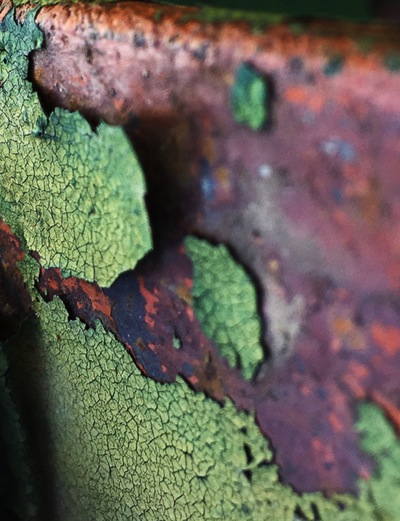
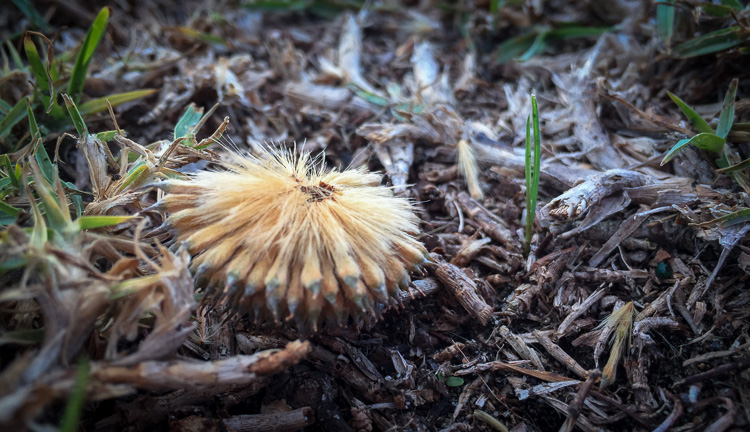



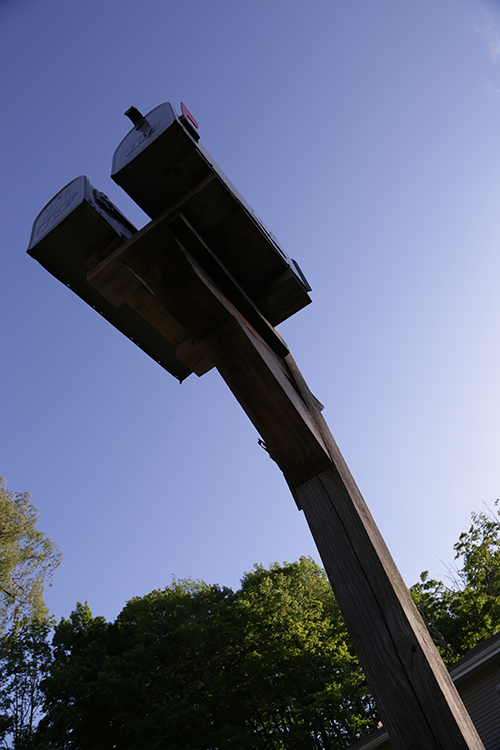
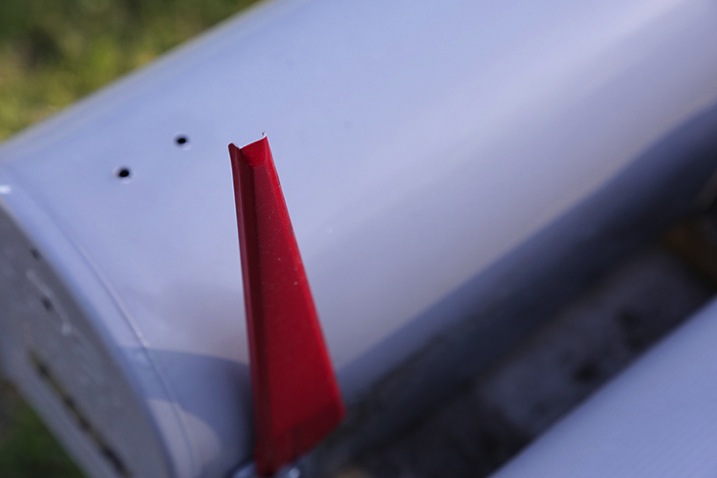






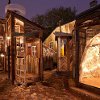




You must be logged in to post a comment.